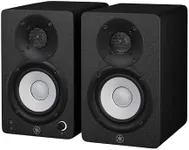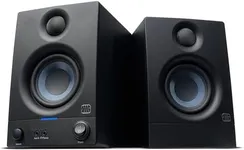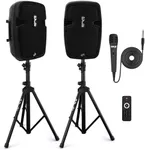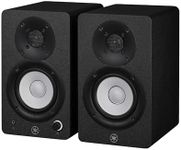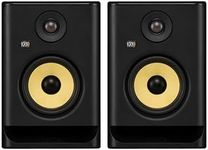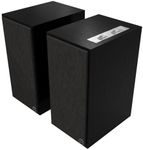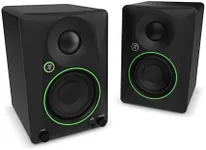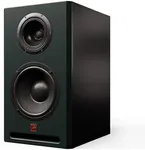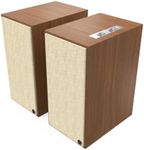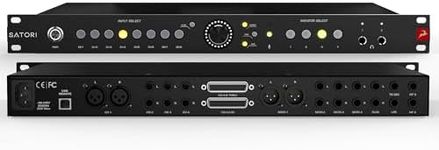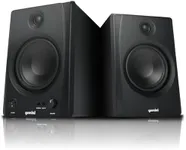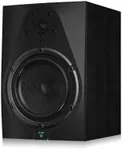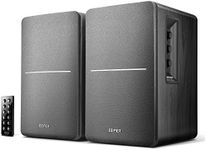Buying Guide for the Best Powered Speakers Pair
When choosing a pair of powered speakers, it's important to consider several key specifications to ensure you get the best fit for your needs. Powered speakers, also known as active speakers, have built-in amplifiers, which means they don't require an external amplifier to function. This makes them a convenient and often more compact option for various audio setups, whether for home use, studio monitoring, or live performances. Understanding the key specs will help you make an informed decision based on your specific requirements and preferences.Power Output (Wattage)Power output, measured in watts, indicates how much power the speakers can handle and how loud they can get. Higher wattage generally means louder sound and better performance in larger spaces. For small rooms or desktop setups, speakers with 20-50 watts per channel may suffice. For larger rooms or outdoor use, you might need speakers with 100 watts or more per channel. Consider your typical listening environment and volume needs when choosing the right power output.
Frequency ResponseFrequency response measures the range of sounds the speakers can reproduce, typically given in Hertz (Hz). A wider frequency range means the speakers can produce both very low (bass) and very high (treble) sounds. For general listening, a range of 50 Hz to 20 kHz is usually adequate. If you need more detailed sound, such as for studio monitoring, look for speakers with a broader range, like 20 Hz to 20 kHz. Your choice should depend on the type of audio you listen to and how critical you are about sound accuracy.
Driver SizeDrivers are the components inside the speakers that produce sound. Common driver sizes for powered speakers range from 3 inches to 8 inches or more. Smaller drivers (3-5 inches) are suitable for near-field listening, such as on a desktop. Larger drivers (6-8 inches) can produce more bass and are better for filling larger rooms with sound. Consider the size of your listening area and your preference for bass response when selecting driver size.
Connectivity OptionsConnectivity options determine how you can connect your audio sources to the speakers. Common options include Bluetooth, RCA, XLR, and 3.5mm aux inputs. Bluetooth is convenient for wireless streaming from smartphones and tablets. RCA and 3.5mm inputs are standard for connecting to computers, TVs, and other audio devices. XLR inputs are often used in professional audio setups. Think about the devices you plan to connect and choose speakers with the appropriate inputs.
Built-in FeaturesSome powered speakers come with additional built-in features like equalizers, volume controls, and tone adjustments. These features allow you to fine-tune the sound to your liking without needing external equipment. If you prefer a more hands-on approach to adjusting your audio, look for speakers with these built-in controls. Otherwise, simpler models without these features might be sufficient if you plan to use external audio equipment for adjustments.
Size and DesignThe physical size and design of the speakers can impact both their placement and aesthetic appeal. Larger speakers may offer better sound quality but can be more challenging to place in smaller spaces. Consider the available space in your room and how the speakers will fit into your existing decor. Additionally, some speakers come in various finishes and styles, so you can choose a design that complements your personal taste and home environment.
